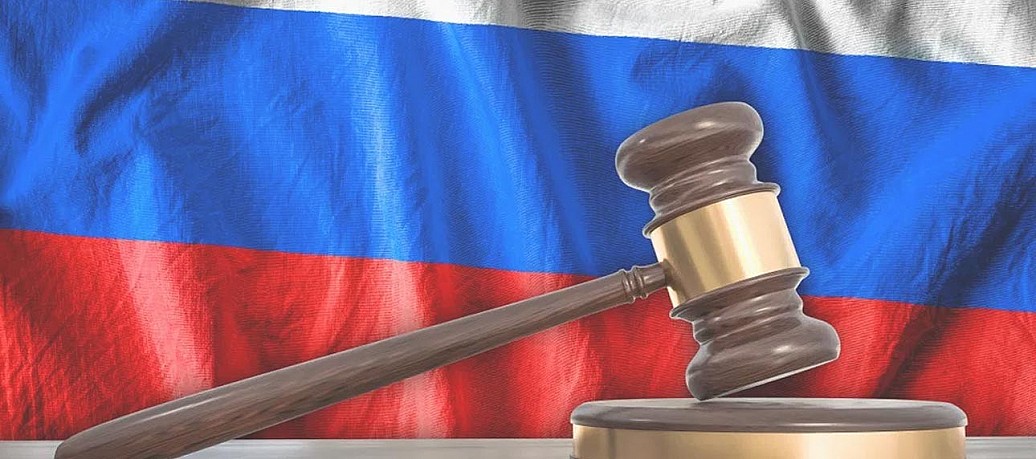Russia Introduces Regional Bans and Seasonal Limits on Crypto Mining
24.12.2024 17:00 1 min. read Alexander Zdravkov
Starting in 2025, Russia will impose strict limitations on cryptocurrency mining, including a full ban in 10 regions and seasonal restrictions in others.
These measures, in effect until 2031, aim to address energy concerns and align with recent legislative updates.
Regions such as Dagestan, Chechnya, and the Donetsk and Lugansk territories will see mining operations completely prohibited. Meanwhile, Siberian areas like Irkutsk and Buryatia will face partial restrictions during winter months to manage electricity demand. Initially, these seasonal rules will apply from January to mid-March in 2025 but will extend to cover November through March in subsequent years.
The restrictions reflect a revision of earlier proposals, which had suggested broader bans, including in major mining hubs like Irkutsk. This region, known for its inexpensive energy and hosting large data centers such as BitRiver’s facility in Bratsk, remains a critical player in Russia’s mining industry.
Despite the changes, the long-term impact on businesses in these areas remains uncertain, as key industry players have refrained from commenting publicly.
With these targeted measures, Russia seeks to regulate mining activity without entirely sidelining its role in the global cryptocurrency ecosystem.
-
1
Kazakhstan to Establish State Crypto-Reserve Under Central Bank Oversight
30.06.2025 17:00 2 min. read -
2
Arizona Governor Vetoes Bill, Related to State Crypto Reserve Fund: Here Is Why
02.07.2025 16:00 2 min. read -
3
Crypto Advocates Back Sen. Cynthia Lummis’ Push to Reform Digital Asset Tax Rules
01.07.2025 10:00 2 min. read -
4
SEC Explores New Fast-Track Process for Token-Based ETFs
02.07.2025 14:00 2 min. read -
5
Germany’s Largest Banking Group Sparkassen to Offer Crypto Trading by 2026
01.07.2025 8:00 2 min. read
U.S. House Passes Sweeping Clarity and GENIUS Acts
The U.S. House of Representatives has passed a trio of groundbreaking cryptocurrency bills aimed at establishing comprehensive federal oversight of digital assets, including stablecoins and broader crypto market infrastructure.
House Clears Path for Landmark Crypto Bills: Vote Set for Thursday
The U.S. House of Representatives has advanced three major cryptocurrency bills after passing a critical procedural vote late Wednesday night.
Thailand Launches National Crypto Sandbox
Thailand’s Securities and Exchange Commission (SEC) and the Bank of Thailand have introduced a new nationwide cryptocurrency sandbox program aimed at foreign tourists.
Crypto Legislation Moves Forward Amid GOP Infighting Over CBDC Ban
Tensions flared on Capitol Hill Wednesday as the House attempted to revive stalled cryptocurrency legislation following a dramatic GOP rebellion the day prior.
-
1
Kazakhstan to Establish State Crypto-Reserve Under Central Bank Oversight
30.06.2025 17:00 2 min. read -
2
Arizona Governor Vetoes Bill, Related to State Crypto Reserve Fund: Here Is Why
02.07.2025 16:00 2 min. read -
3
Crypto Advocates Back Sen. Cynthia Lummis’ Push to Reform Digital Asset Tax Rules
01.07.2025 10:00 2 min. read -
4
SEC Explores New Fast-Track Process for Token-Based ETFs
02.07.2025 14:00 2 min. read -
5
Germany’s Largest Banking Group Sparkassen to Offer Crypto Trading by 2026
01.07.2025 8:00 2 min. read


